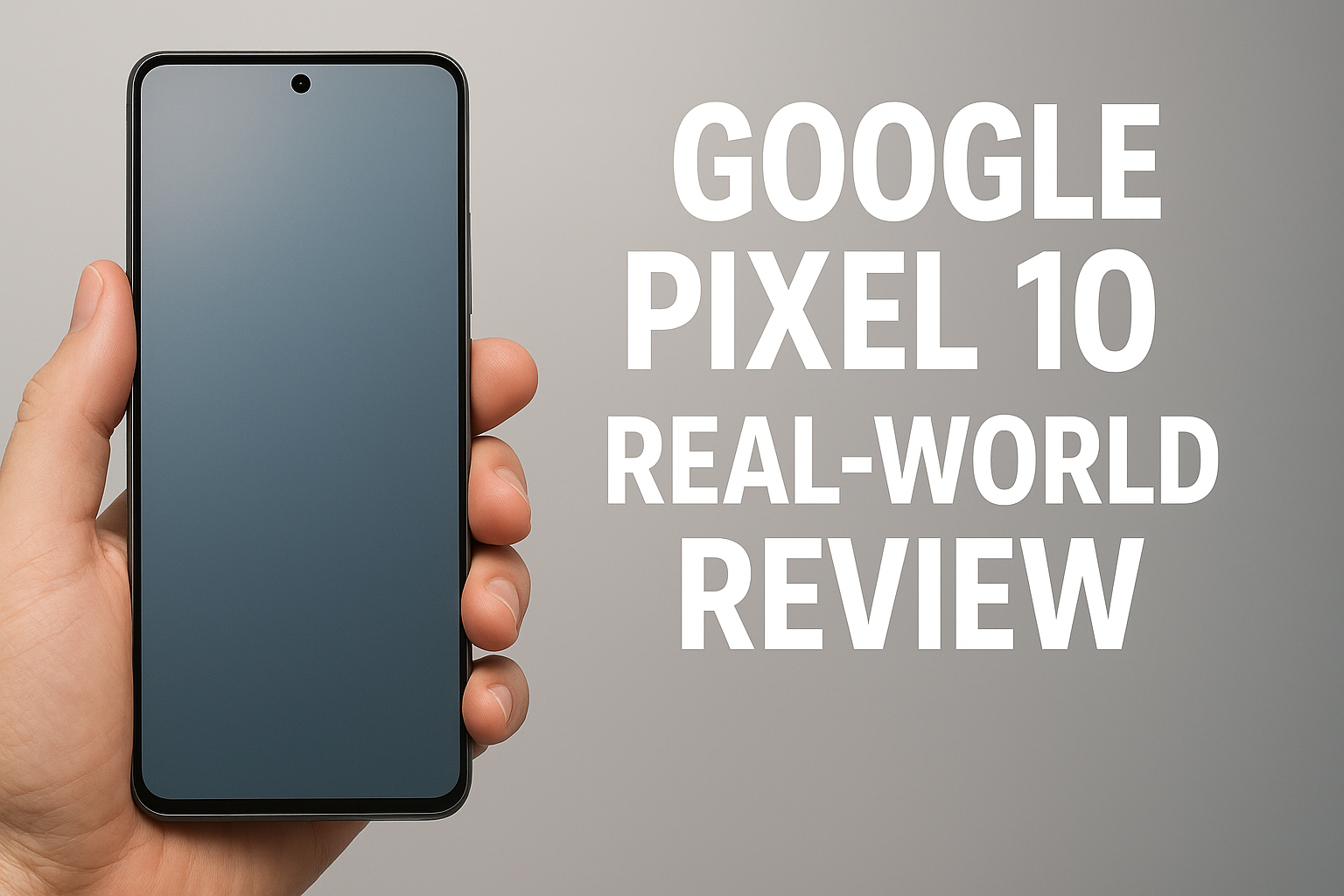Galaxy S26 Camera Downgrade: Why Smaller Sensor Works
The recent Galaxy S26 camera downgrade rumors have sparked intense debate among smartphone enthusiasts and photography professionals. According to leaked specifications from reliable sources, Samsung appears to be reducing the size of the 3x telephoto sensor from 1/3.52″ in the Galaxy S25 Ultra to a smaller 1/3.94″ sensor in the upcoming Galaxy S26 Ultra. This apparent step backward has many questioning Samsung’s camera strategy, especially as competitors like Apple continue pushing larger sensor technology with the iPhone 17 Pro series.
However, this seemingly counterintuitive move might represent Samsung’s most strategic camera decision in years. The shift to a smaller sensor could unlock advanced computational photography capabilities, improved optical design flexibility, and enhanced software-driven image processing that traditional hardware-focused approaches cannot match. Understanding why Samsung made this choice requires examining the evolution of smartphone camera technology and the growing importance of artificial intelligence in mobile photography.
Understanding the Galaxy S26 Camera Downgrade Specifications
The leaked specifications reveal that Samsung’s new Samsung camera sensor for the Galaxy S26 Ultra’s 3x telephoto module measures 1/3.94 inches with 1.0-micron pixels, compared to the Galaxy S25 Ultra’s 1/3.52-inch sensor featuring 1.12-micron pixels. On paper, this represents a significant reduction in both sensor size and individual pixel dimensions, typically associated with decreased light-gathering capability and reduced image quality.
The new sensor configuration will reportedly capture 12-megapixel images but crop them down to 10 megapixels for telephoto shots, maintaining the same output resolution as the current generation while working with less physical sensor area. This approach mirrors techniques used successfully in other premium smartphones, where manufacturers prioritize software optimization over raw hardware specifications.
Technical Implications of Smaller Sensor Design
Smaller sensors traditionally face several challenges in mobile photography:
- Reduced light-gathering capacity leading to increased digital noise
- Limited dynamic range performance in challenging lighting conditions
- Decreased depth of field control for portrait photography
- Potential impact on low-light telephoto performance
- Higher susceptibility to motion blur in handheld shooting
Despite these traditional limitations, modern sensor technology and computational photography techniques have dramatically reduced the performance gap between different sensor sizes, enabling Samsung to pursue alternative approaches to image quality improvement.
The Science Behind Computational Photography Advantages
Modern smartphone camera technology increasingly relies on computational photography to overcome physical sensor limitations. This approach combines multiple exposures, applies advanced noise reduction algorithms, and leverages machine learning to enhance image quality beyond what traditional optics alone can achieve.
Samsung’s decision to use a smaller sensor likely enables more aggressive computational processing due to reduced data throughput requirements. Smaller image files can be processed faster, allowing real-time application of complex algorithms including multi-frame noise reduction, HDR fusion, and AI-powered scene optimization.
Pixel Binning Technology Benefits
The smaller sensor design facilitates advanced pixel binning techniques, where multiple adjacent pixels combine their data to create larger effective pixels. Pixel binning technology allows the Galaxy S26’s 12-megapixel sensor to function like a larger-pixel 3-megapixel sensor when maximum light sensitivity is required, providing flexibility that fixed large-pixel designs cannot match.
This approach offers several advantages over traditional large-sensor designs:
- Adaptive pixel size based on lighting conditions and shooting requirements
- Improved noise performance through intelligent pixel grouping
- Enhanced autofocus speed due to reduced data processing demands
- Better thermal management reducing heat-related image quality degradation
- Lower power consumption extending overall device battery life
Why Samsung’s Galaxy S26 Camera Downgrade Makes Strategic Sense
Samsung’s apparent sensor reduction strategy aligns with broader industry trends toward software-defined photography experiences. Rather than competing solely on hardware specifications, the company appears focused on creating a more integrated camera system that leverages the full capabilities of its Exynos or Snapdragon processors.
The smaller sensor allows for more compact optical module design, potentially enabling Samsung to implement more sophisticated lens arrangements, improved optical image stabilization, and enhanced autofocus mechanisms within the same physical constraints. This approach mirrors successful strategies employed by Google’s Pixel series, which consistently delivers exceptional image quality despite using smaller sensors than many competitors.
Manufacturing and Cost Optimization
Smaller sensors offer significant manufacturing advantages that benefit both Samsung and consumers:
| Aspect | Large Sensor | Small Sensor | Advantage |
|---|---|---|---|
| Manufacturing Yield | Lower | Higher | Reduced production costs |
| Power Consumption | Higher | Lower | Extended battery life |
| Heat Generation | More | Less | Improved thermal performance |
| Processing Speed | Slower | Faster | Real-time computational features |
| Module Size | Larger | Smaller | Design flexibility |
Competitive Landscape and Mobile Camera Improvements
The smartphone camera market has evolved beyond simple sensor size comparisons, with leading manufacturers pursuing diverse approaches to image quality enhancement. While Apple continues emphasizing larger sensors and advanced optical systems, Google focuses on computational photography excellence, and Samsung appears to be pursuing a hybrid strategy that balances both approaches.
Recent developments in mobile camera improvements demonstrate that sensor size represents only one factor in overall image quality. Advanced image signal processors, machine learning algorithms, and sophisticated software optimization often produce more dramatic improvements than hardware upgrades alone.
Industry Response to Computational Photography
Major smartphone manufacturers increasingly recognize computational photography as the primary differentiator in camera performance. The computational photography market is expected to grow dramatically through 2027, driven by advances in AI processing power and algorithm sophistication.
Samsung’s sensor downsizing strategy positions the company to compete more effectively in this software-driven landscape, where rapid processing and intelligent algorithms often matter more than raw sensor specifications. This approach enables features like real-time object recognition, advanced scene optimization, and predictive autofocus that enhance user experience beyond traditional photography metrics.
Real-World Photography Performance Expectations
Despite concerns about the Galaxy S26 camera downgrade, real-world photography performance may actually improve due to enhanced software capabilities and system integration. Smaller sensors enable faster burst shooting, reduced shutter lag, and more responsive camera operation that benefits everyday photography scenarios.
The combination of advanced pixel binning, improved noise reduction algorithms, and faster processing could deliver superior results in challenging conditions including low light, high contrast scenes, and moving subjects. These practical improvements often provide more value to users than marginal gains in technical specifications that only appear in laboratory testing.
Low-Light Performance Considerations
While traditional photography wisdom suggests larger sensors perform better in low-light conditions, modern computational techniques increasingly challenge this assumption. Multi-frame noise reduction, AI-powered scene analysis, and intelligent exposure bracketing can compensate for reduced individual pixel size, potentially delivering comparable or superior low-light results.
Samsung’s approach likely incorporates advanced night mode processing that captures multiple exposures at different settings, then combines them using sophisticated algorithms to produce clean, detailed images. This technique can overcome traditional sensor limitations while providing additional benefits like reduced motion blur and improved dynamic range.
Optical System Integration Benefits
The smaller sensor size provides Samsung’s optical engineers with additional design flexibility for the Galaxy S26’s telephoto module. Reduced sensor dimensions allow for more compact lens arrangements, potentially enabling improved optical image stabilization, faster autofocus motors, and more sophisticated aperture mechanisms within the same physical space constraints.
This design freedom could result in tangible user benefits including faster focus acquisition, more effective stabilization during handheld shooting, and improved zoom smoothness during video recording. These practical improvements enhance the overall camera experience even if theoretical image quality specifications appear reduced on paper.
Thermal Management Advantages
Smaller sensors generate less heat during operation, reducing thermal stress on the camera module and surrounding components. Improved thermal management enables sustained high-performance operation during extended photography sessions, video recording, and intensive computational processing without triggering thermal throttling that affects image quality.
Better temperature control also extends component lifespan and reduces the likelihood of heat-related focus drift or calibration issues that can affect long-term camera performance. These reliability improvements provide significant value for professional users and content creators who depend on consistent camera operation.
Future Technology Integration Possibilities
Samsung’s sensor downsizing strategy may enable integration of emerging camera technologies that require additional space or processing resources. Potential future enhancements could include advanced autofocus systems, variable aperture mechanisms, or specialized imaging sensors for augmented reality applications.
The reduced processing demands of smaller sensors also create headroom for implementing more sophisticated AI features, real-time video enhancement, and advanced computational photography techniques as they become available. This forward-looking approach ensures the Galaxy S26 camera system remains competitive as software capabilities continue advancing.
Machine Learning Integration
Smaller image files enable more aggressive application of machine learning algorithms for real-time image enhancement, scene recognition, and predictive optimization. These AI-driven features can provide personalized camera performance that adapts to individual user preferences and shooting patterns, creating a more intuitive and effective photography experience.
Advanced machine learning capabilities also enable features like automatic composition suggestions, intelligent crop recommendations, and predictive focus tracking that enhance creative possibilities while simplifying camera operation for casual users.
Economic and Market Strategy Implications
Beyond technical considerations, Samsung’s camera sensor decision reflects broader market strategy and economic factors. Smaller sensors reduce manufacturing costs, enabling Samsung to invest more resources in software development, user experience improvements, and other differentiating features that provide greater competitive advantage.
Cost savings from sensor downsizing could fund development of advanced computational photography algorithms, improved camera software, and enhanced integration with Samsung’s broader ecosystem of devices and services. These investments often provide more sustainable competitive advantages than incremental hardware improvements alone.
Development Resource Allocation
By reducing hardware complexity, Samsung can allocate more engineering resources to software development, AI algorithm optimization, and user experience enhancement. This strategic shift recognizes that modern smartphone camera differentiation increasingly depends on software capabilities rather than raw hardware specifications.
The company’s investment in computational photography expertise positions it to compete more effectively against software-focused competitors while maintaining manufacturing efficiency and cost competitiveness in global markets.
User Experience and Practical Benefits
The Galaxy S26’s smaller sensor approach could deliver several practical user experience improvements that matter more than technical specifications for everyday photography. Faster camera startup times, reduced shutter lag, and more responsive touch-to-focus operation enhance the overall photography experience regardless of sensor size.
Improved power efficiency from reduced sensor processing demands extends camera operation time during extended photography sessions, travel, and content creation. These practical benefits often provide more value to users than marginal improvements in laboratory-measured image quality metrics.
Software Feature Enablement
Computational headroom created by smaller sensors enables implementation of advanced software features including real-time filters, intelligent scene optimization, and sophisticated video stabilization. These capabilities enhance creative possibilities and user enjoyment while simplifying camera operation for less technical users.
Enhanced software features also provide opportunities for ongoing improvement through software updates, extending the device’s useful lifespan and maintaining competitive performance as computational photography techniques continue advancing.
Industry Expert Perspectives
Photography industry analysts increasingly recognize that sensor size represents only one factor in overall camera system performance. Leading experts emphasize the growing importance of software optimization, AI integration, and system-level design in determining real-world image quality and user satisfaction.
Professional photographers and content creators often prioritize practical factors like camera responsiveness, reliability, and feature availability over technical specifications that have minimal impact on their actual work. Samsung’s approach addresses these practical concerns while positioning the company for future technological developments.
Frequently Asked Questions
Will the Galaxy S26 camera downgrade actually hurt photo quality?
The smaller sensor size may be offset by advances in computational photography, pixel binning technology, and improved image processing algorithms. Real-world photo quality could remain comparable or even improve despite the reduced sensor dimensions, particularly in challenging lighting conditions where software optimization provides the greatest benefits.
How does Samsung camera sensor technology compare to competitors after this change?
Samsung’s approach focuses on computational photography and software optimization rather than raw hardware specifications. This strategy aligns with successful approaches used by Google’s Pixel series and positions Samsung to compete effectively in the software-driven smartphone camera market while maintaining manufacturing efficiency and cost competitiveness.
What smartphone camera technology improvements can users expect from the smaller sensor?
Users can anticipate faster camera operation, improved battery life, better thermal performance, and enhanced software features enabled by the computational headroom created through sensor downsizing. These practical improvements often provide more value than incremental gains in technical specifications for everyday photography and content creation scenarios.
Samsung’s Galaxy S26 camera downgrade represents a strategic shift toward computational photography excellence rather than hardware specification competition. By embracing smaller sensors and advanced software optimization, Samsung positions itself to deliver superior user experiences while maintaining competitive advantages in manufacturing efficiency and feature development. This forward-thinking approach recognizes that the future of smartphone photography lies in intelligent software integration rather than pure hardware superiority, potentially making the Galaxy S26’s camera system more capable than traditional specifications suggest.














Post Comment